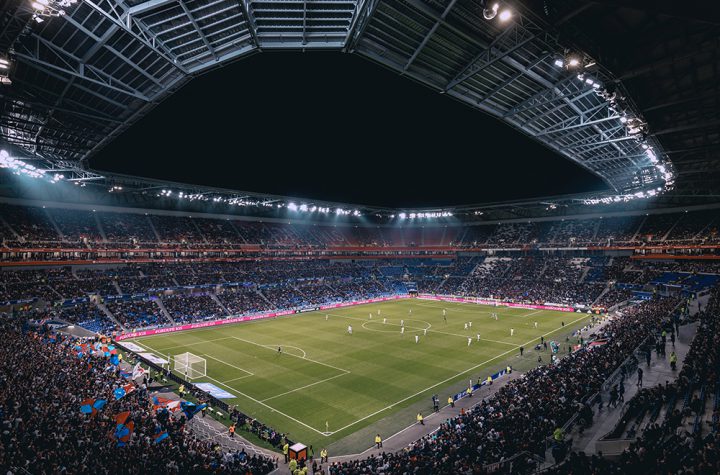
Earlier this month, Tesla and SpaceX CEO Elon Musk appeared on stage in Shanghai to celebrate the opening of Teslas new 9.3 million-square-foot factory there, and the start of production for the Model 3, the company’s affordable sedan, in Asia. But he was also in Shanghai to dance. Musk shuffle stepped and waggled his hands. He pushed his arms down while, as they say, backing it up.
The dancing continued Wednesday evening, when Tesla announced its fourth quarter results, in which it comfortably beat analysts expectations. The automaker netted $105 million in the last three months of 2019, down slightly from the $143 million it reported in the third quarter of the year. Revenue hit $7.4 billion, up 17 percent from the prior three months. It delivered a record number of vehicles in the quarter, 112,095. And the company said it had started production on a limited number of Model Y vehicles, the more affordable crossover counterpart to the Model 3, with deliveries slated to begin in March.
Want the latest news on Tesla in your inbox? Sign up here!
Shares rose more than 11 percent in after-hours trading. Last week, Tesla became the second largest automaker by market capitalization, passing Volkswagen, General Motors, and Ford. (It lags behind only Toyota.)
On a call with investors, Musk called the company’s performance strong, and noted that if Tesla is to make the 500,000 vehicles it projects for 2020, it will have produced 1,000 times what it did 10 years ago.
Still, Musk emphasized the hard work ahead for the company, and during a nearly hour-long call, demonstrated just how many balls the electric automaker has in the air. Tesla must ramp up Model Y production while continuing to deliver Model 3s. It must keep things humming at its Shanghai factory, which went up in a speedy 10 months and where the company projects it will produce 150,000 vehicles in 2020. (The Shanghai factory will be critical to the companys success in China, where regulations have strongly pushed electric vehicles.) Its got to keep things moving in Europe, where a Gigafactory in Berlin-Brandenburg is supposed to start pushing out vehicles next year.
Tesla has tech challenges ahead, too. Musk claimed last year that the companys full self-driving capability might be available by the end of 2019. (Teslas website says the feature includes the ability to recognize and respond to traffic lights and stop signs, as well as automatic driving on city streets.) On the call Wednesday, Musk said the feature wouldnt be available for a few months, and that it would then be in a kind of beta mode, where the vehicle has an above-zero chance of going from your home to work without the driver intervening at the wheel.
Another potential problem: not enough batteries. We have to really make sure we have a really steep ramp in battery production and continue to improve the cost per kilowatt hour of the batteries, Musk told investors. This is very fundamental and extremely difficult.
Musk trumpeted the stream of reservations for Teslas boxy all-electric Cybertruck, unveiled last year, but without saying exactly how many had been made. (Customers were only required to put down $100 for the Cybertruck, compared with $1,000 for earlier Tesla vehicles.)





More Stories
US star Megan Rapinoe tells BBC Sport about how taking a knee jeopardised her international career, and what the future holds for women’s football.
Australia’s corporate watchdog is in limbo as the Morrison government awaits the Thom review before deciding the fate of both ASIC and its chairman, James Shipton.
Researchers at Columbia Engineering found that alkali metal additives, such as potassium ions, can prevent lit